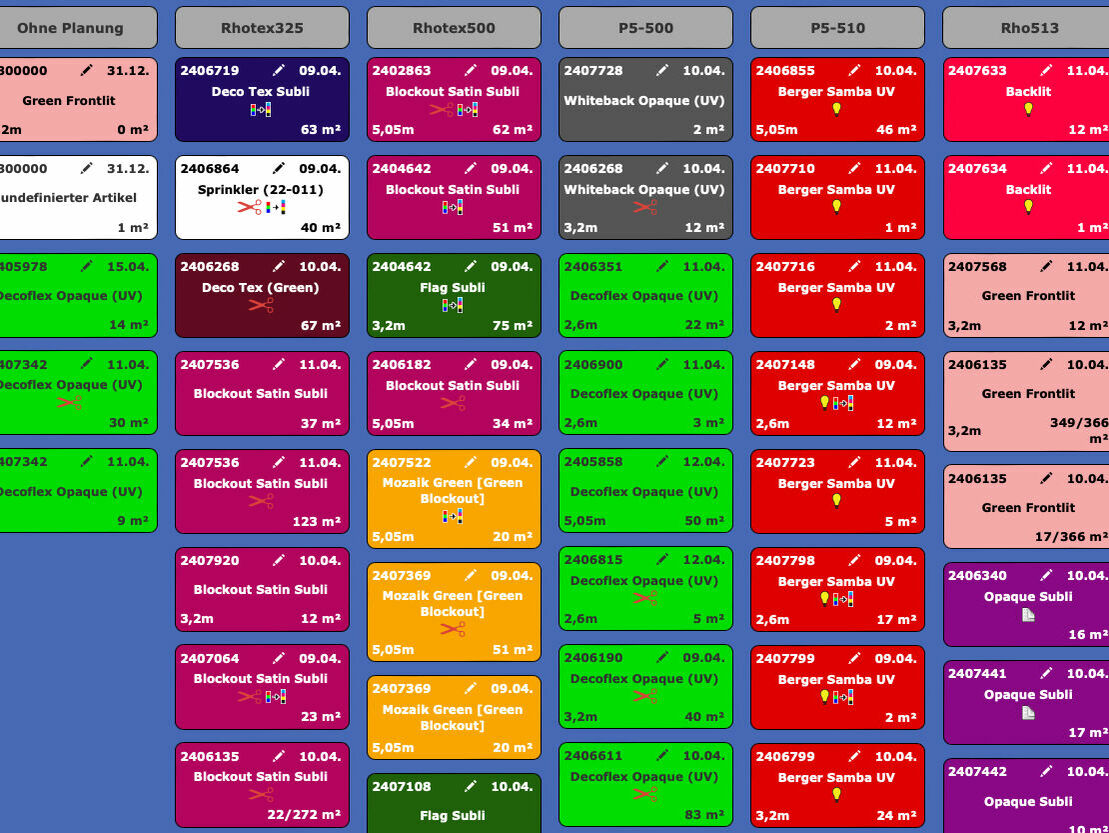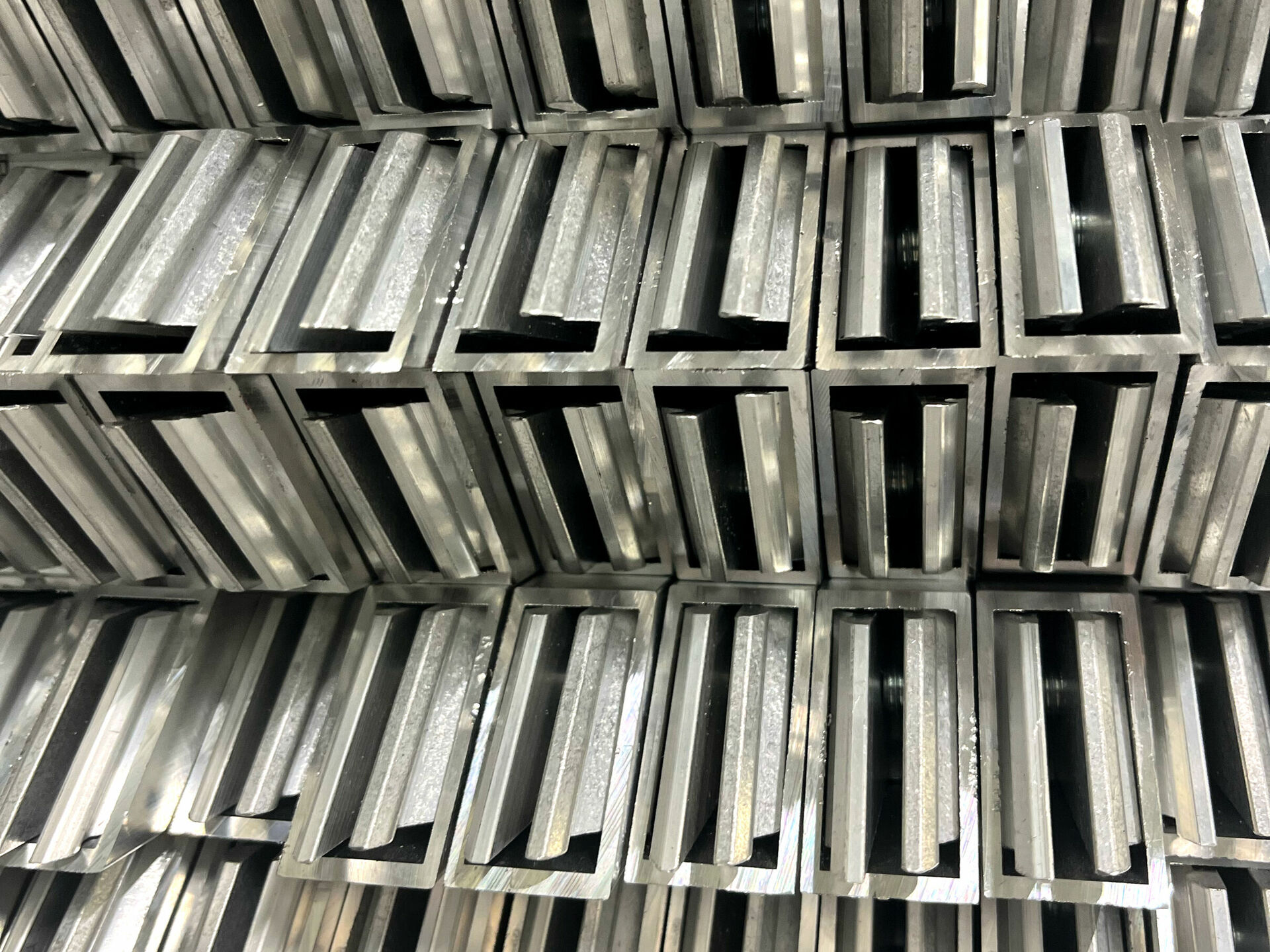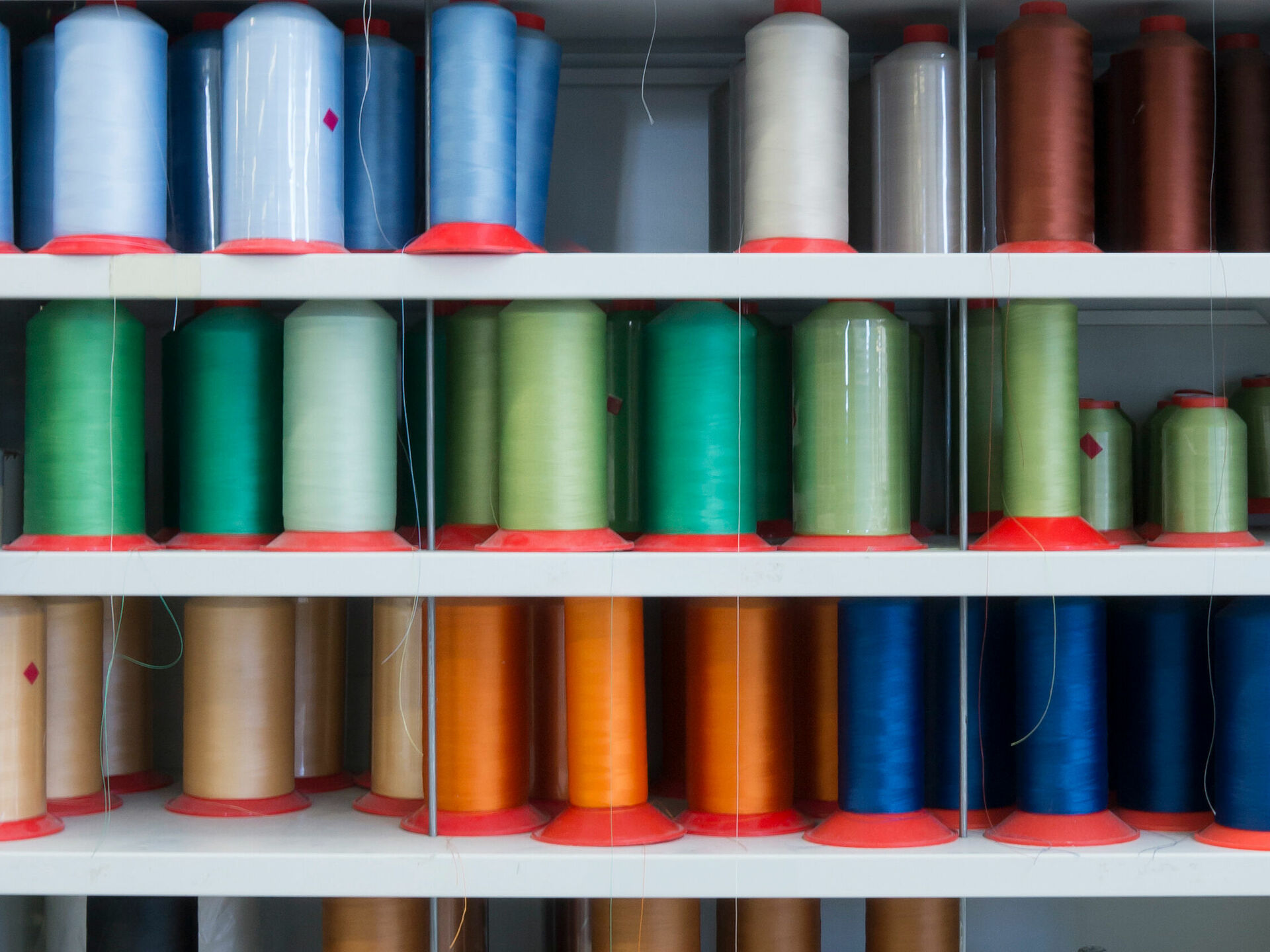Using our own 3D printers, we manufacture components for trade fairs, events, and interior design projects.
Some components aren’t feasible to produce in metal or are too expensive for small, custom batches. That’s where our 3D printing capabilities come in. We create items like connectors, caps, and covers—tailored solutions for tailored projects. In this article, we’ll explore how 3D printing is used within the Procedes Group, the materials and processes we employ, and even why our Managing Director, Alexander Beilken, has personally taken to the 3D printer.
Pretty plastic – an overview of the 3D printing topics:
3D Printing – 5 Advantages of Additive Manufacturing
- Advantage 1: Cost-effective small quantities
- Advantage 2: Time savings and order flexibility
- Advantage 3: Practical prototyping
- Advantage 4: Sustainable materials and resource conservation
- Advantage 5: Remote and automated operation
Clamp the filaments! How 3D printing works and which materials we use
This is how the FDM or FFF process works
More than shades of gray: The filaments bring color into play
3D Printing – 5 Advantages of Additive Manufacturing
3D printing brings flexibility and efficiency to our work, particularly for small-scale production of custom parts.
3D printing is an excellent alternative to traditional methods like injection molding or metal turning, which require expensive tools that don’t make sense for small runs.
For example, we use 3D printing to produce end caps for multi-groove profiles, commonly used in interior design and office applications. In trade fair construction, it helps us create custom connectors for round tubes with unique angles not available commercially.
Even one-off components can be seamlessly integrated into our workflow, making 3D printing perfect for highly customized projects.
With 3D printing, we’re independent of supply chains and availability issues. Time-consuming requests for accessories are no longer necessary. If an order requires additional end caps, we can produce them immediately while other departments, like tailoring, continue their work.
Some of our printers even allow two objects to be printed simultaneously, accelerating the process and ensuring faster delivery.
3D printing allows us to create complex shapes that other manufacturing methods can’t achieve. Beyond producing accessories, we also use it for prototyping. For instance, we can test how a profile’s interior design impacts its functionality. By modeling it in 3D software, printing it, and examining the physical object, we can ensure the final product meets practical requirements.
The raw material used in 3D printing is called filament, and ours is primarily made of natural corn starch and recycled materials. It’s a biocompatible raw material that is biodegradable over time, aligning with our commitment to sustainability.
Additionally, 3D printing minimizes waste by producing only what’s needed, avoiding overproduction and conserving resources.
Our 3D printers are fully automated and can be operated remotely from a workplace, smartphone app, or even a home office. With integrated cameras, we can monitor production live, and error notifications — such as a filament jam — are sent immediately via email.
This 24/7 capability ensures maximum efficiency with minimal oversight.
While we aren’t printing houses, our 3D printers are highly versatile for creating a wide range of smaller components.
Here’s how the process works:
- We design an object using 3D modeling software (CAD).
- The design is saved as an STL file.
- The STL file is imported into slicer software, which translates it into instructions for the printer.
-
The 3D printer uses the FDM or FFF process to create the object.
This is how the FDM or FFF process works
We use Fused Deposition Modeling (FDM), also known as Fused Filament Fabrication (FFF). In this method, a filament spool feeds material into an extruder, which melts the filament and deposits it layer by layer to build the object. Our filaments are made from PLA, a material derived from corn starch with recycled content. Each filament spool weighs up to one kilogram and has a diameter of 1.75 mm.
3D printing is an essential part of our work, particularly for creating cost-effective, sustainable, and flexible solutions in small quantities. It’s also a hands-on process we take pride in. Even our Managing Director, with his sailmaker DNA, has used 3D printing to create custom pink covers for his boat — purely for prototyping, of course!
More than shades of gray:
The filaments bring color into play
While most 3D prints are grayscale to match our aluminum profiles, we can also use colored filaments for specialized requests. With dual extruders, we can create two-tone objects, which is particularly useful for distinguishing left and right sides of components.

![Ansicht von mehreren 3D-Drucksystemen [Translate to English:] Ansicht von mehreren 3D-Drucksystemen](/fileadmin/_processed_/f/5/csm_3D_Druckter_df13c98116.jpg)

![Filamentspule eines 3D-Druckers [Translate to English:] Filamentspule eines 3D-Druckers](/fileadmin/_processed_/4/b/csm_filament_stock_b2a8c4b532.jpg)
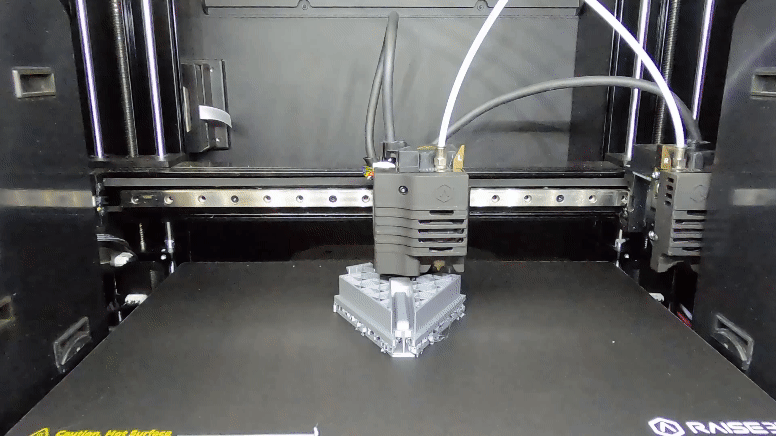
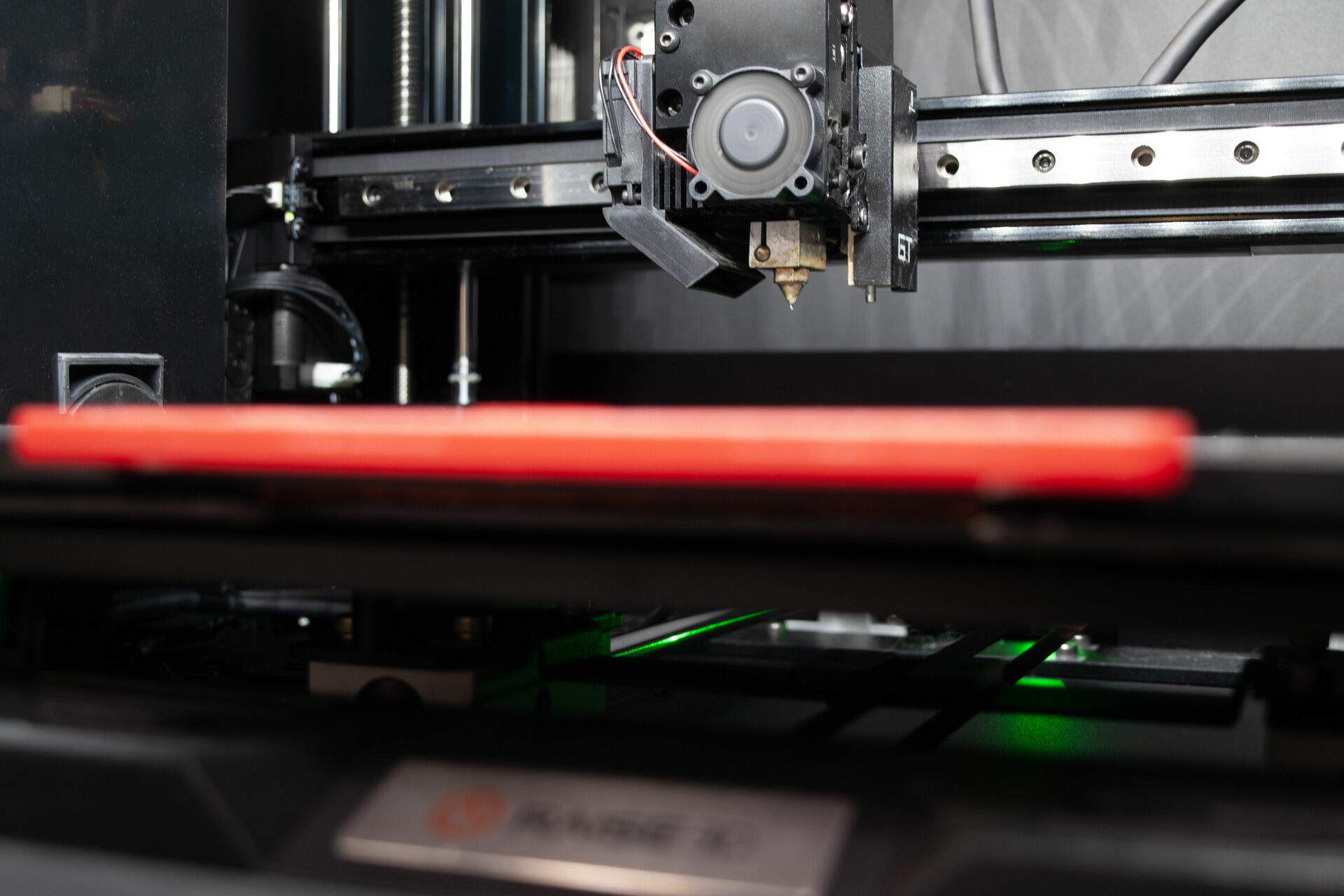
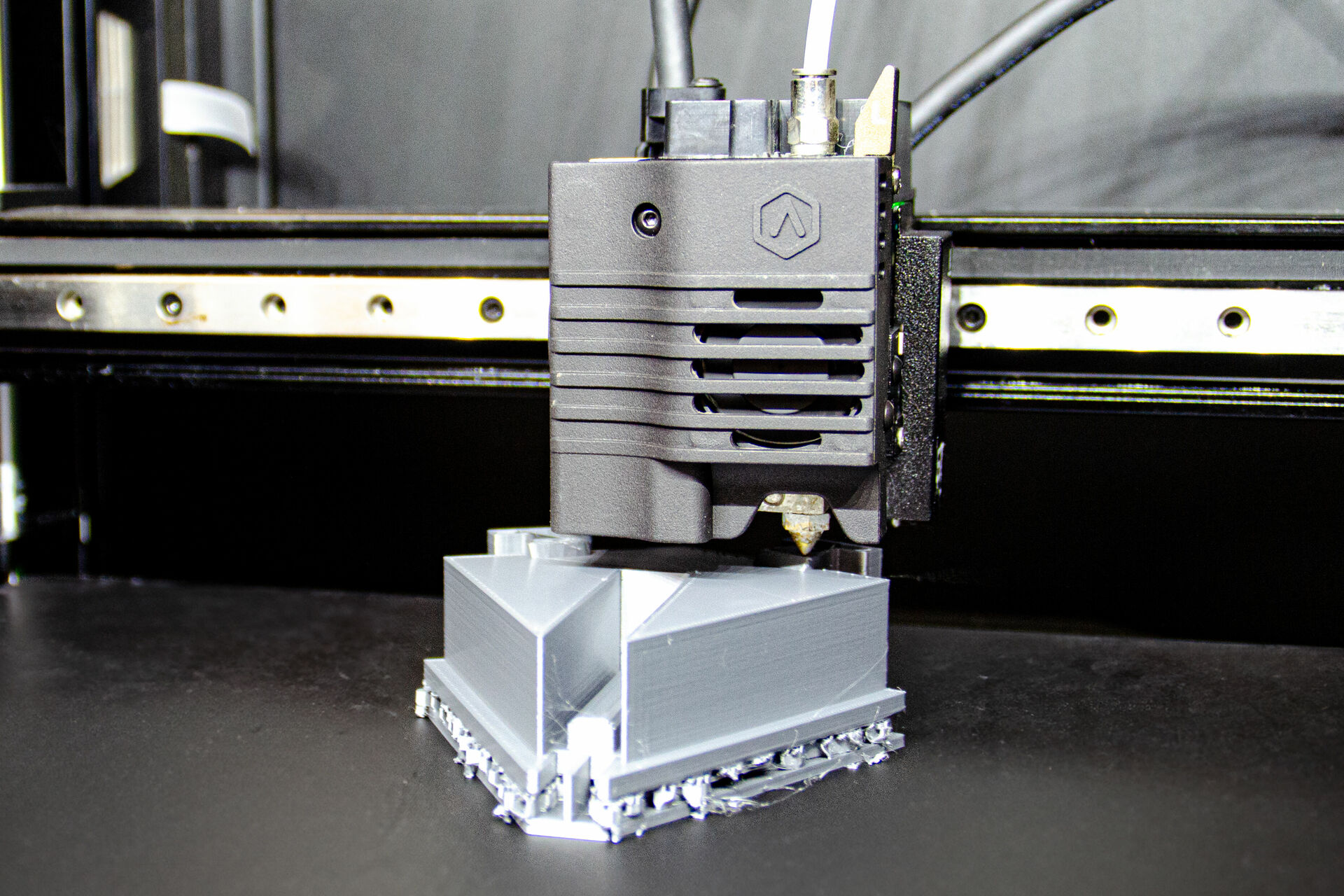
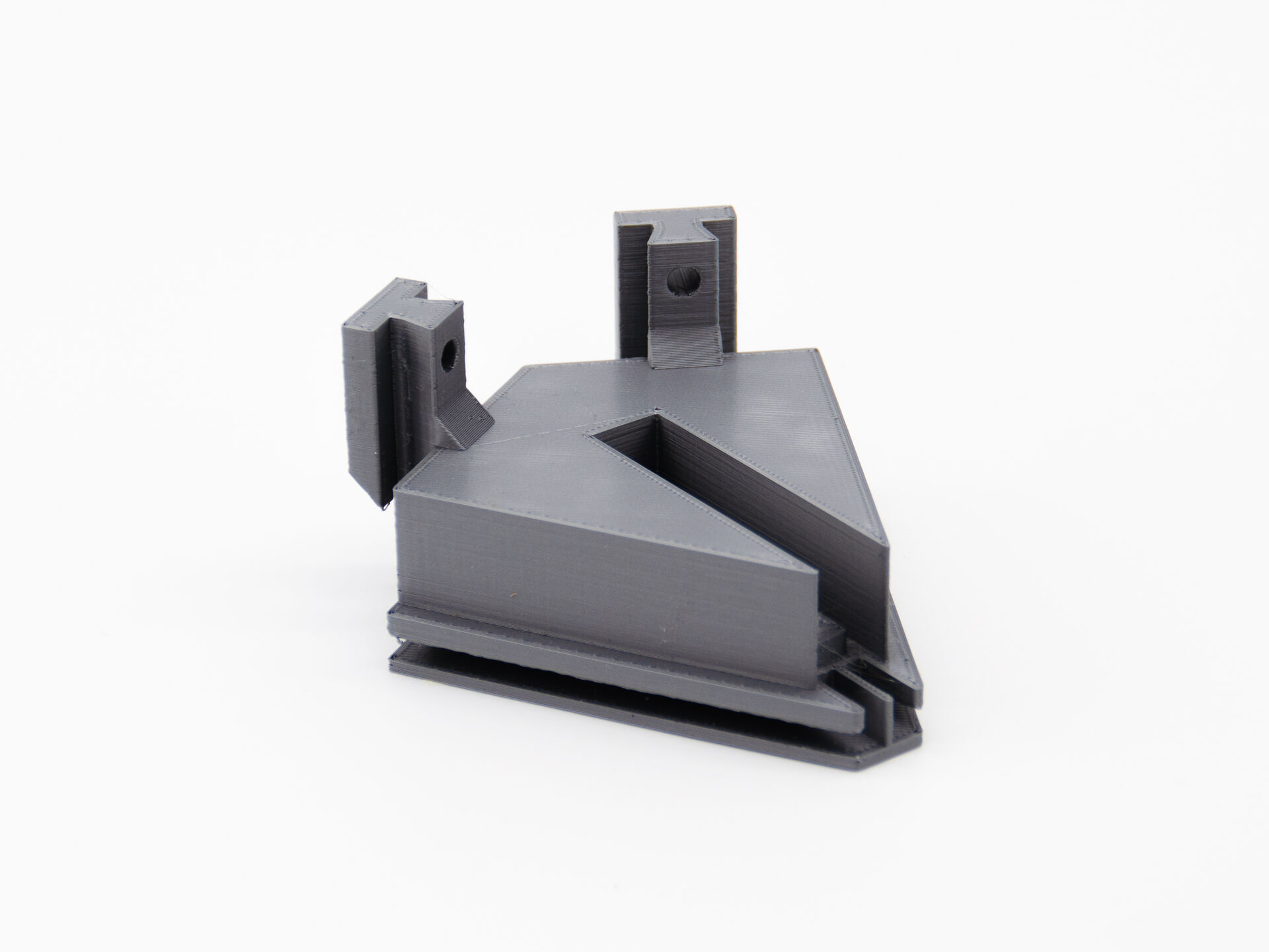
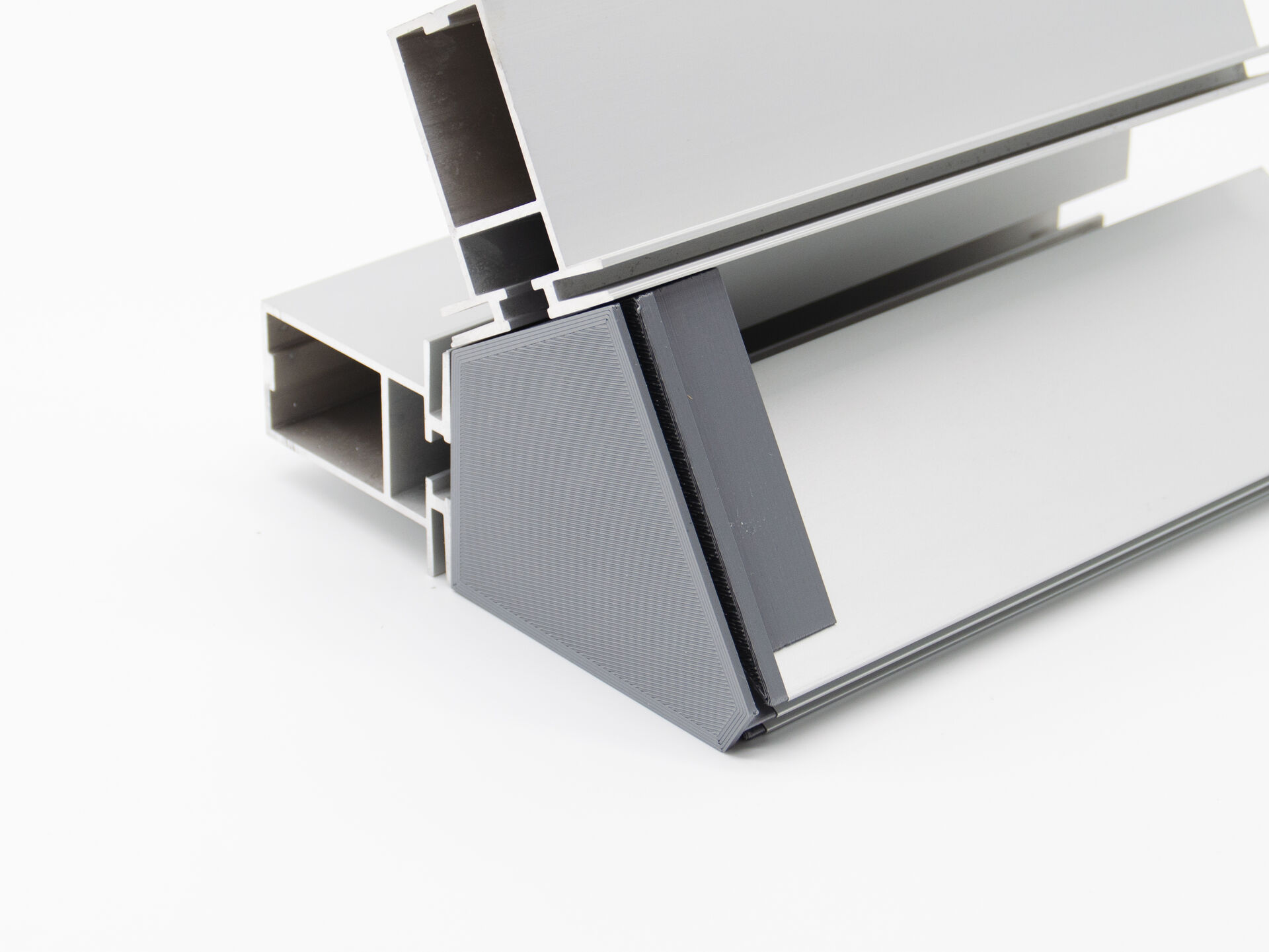
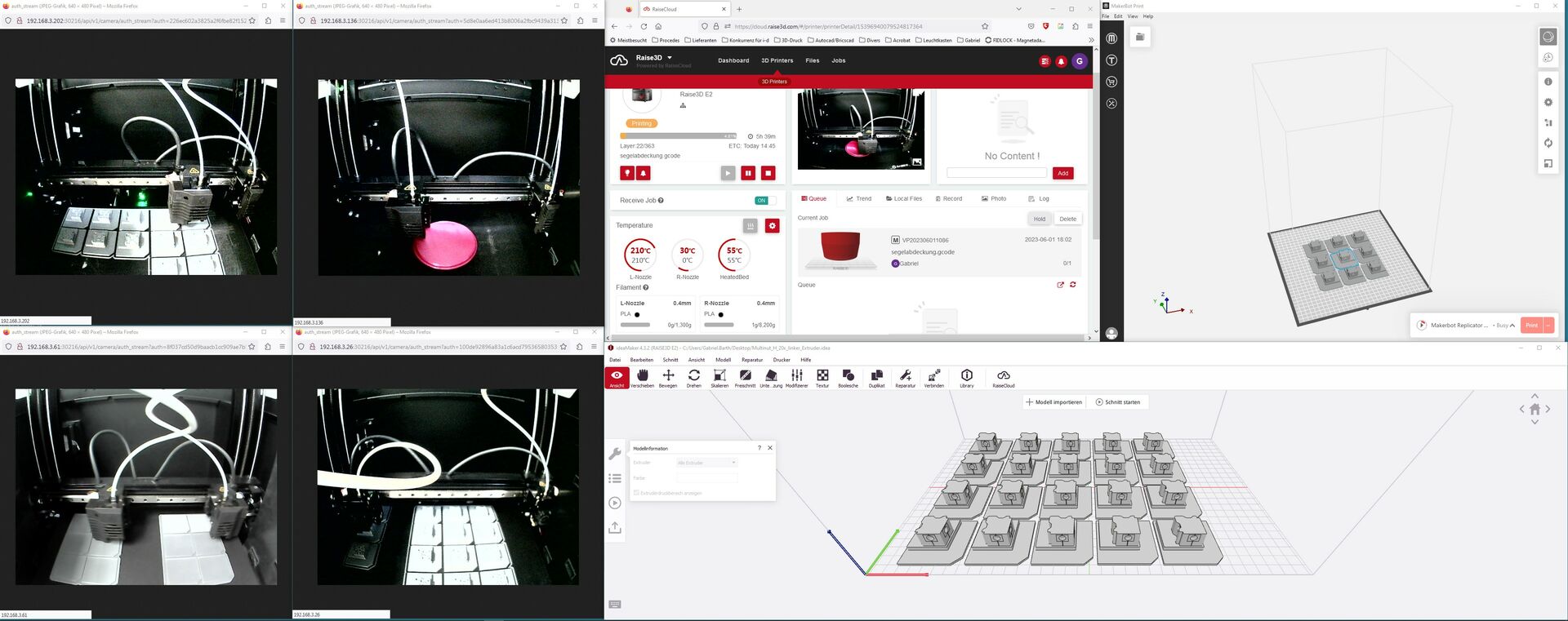
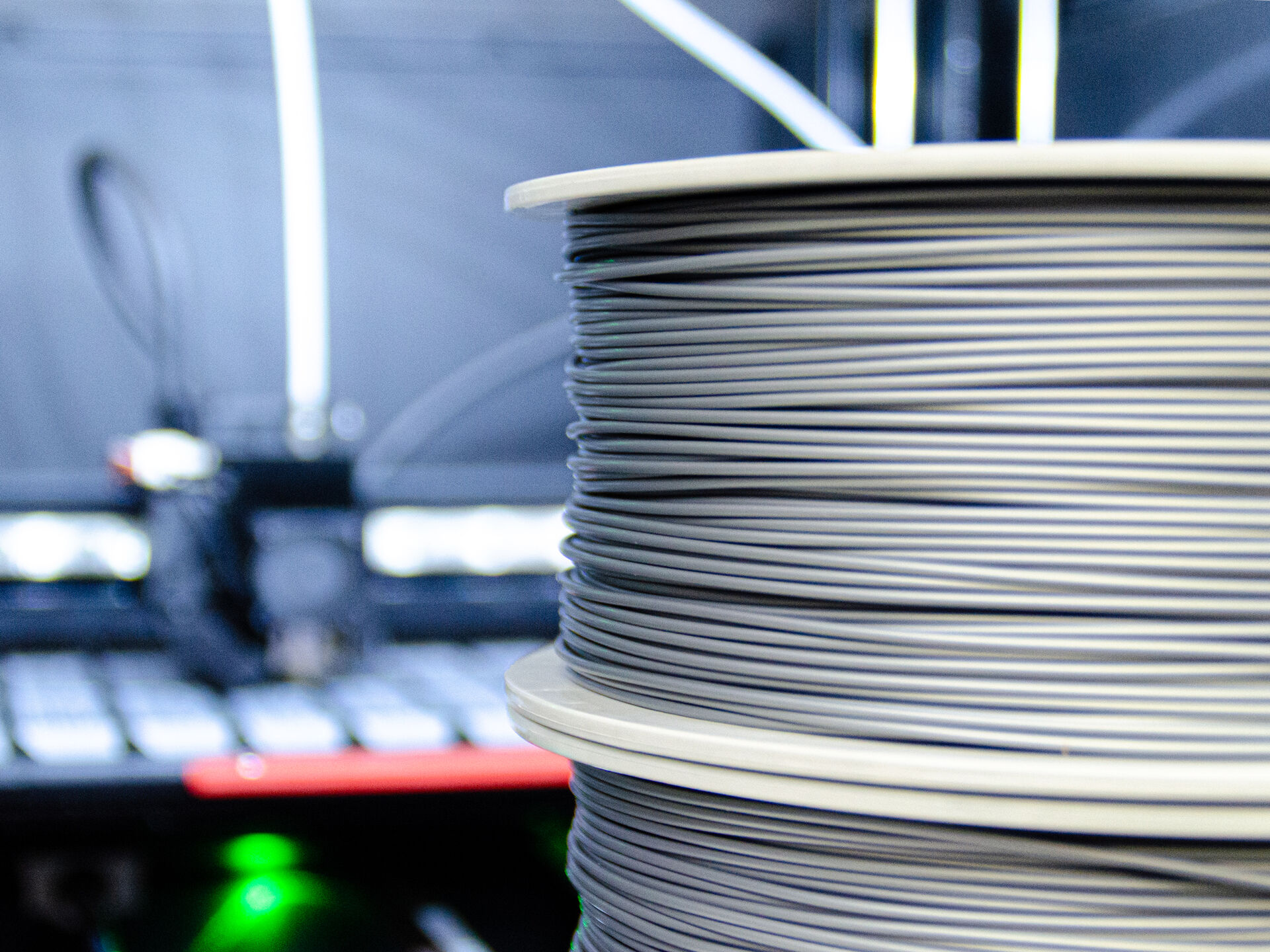
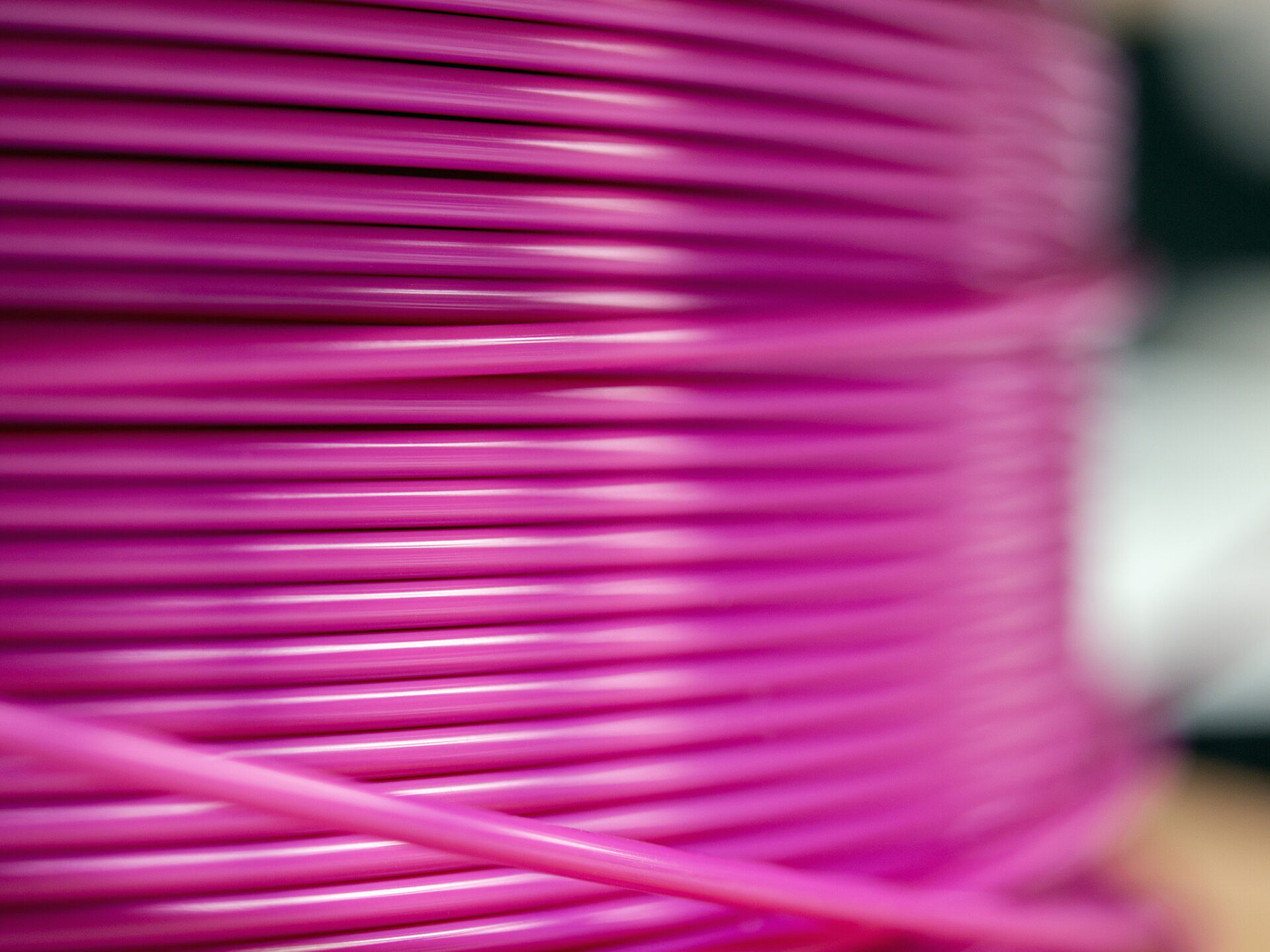
![[Translate to English:] Round textile sculptures in white hang from the ceiling.](/fileadmin/_processed_/f/7/csm_cta-procedes_b2c2ad64de.jpg)

